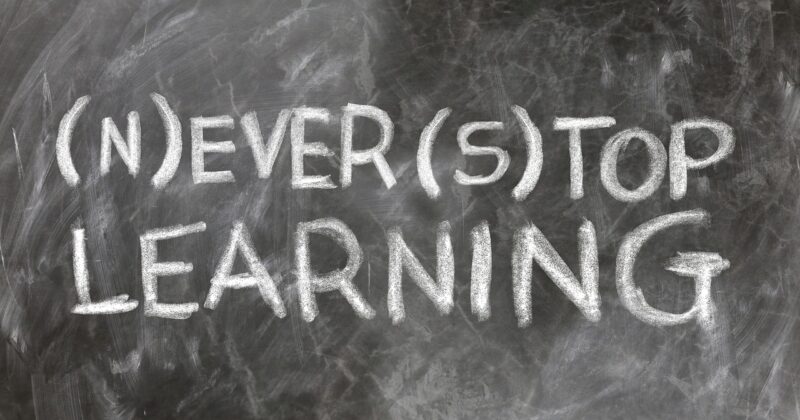How to Build an Effective Personal Development Plan
November 11, 2024

Creating a Personal Development Plan (PDP) is crucial for anyone looking to enhance their skills, improve their quality of life, or advance their career. A well-structured PDP serves as a guide, providing clarity on what you want to achieve and the steps you need to take.
1. What is a Personal Development Plan?
A Personal Development Plan is a documented plan that outlines an individual’s goals and the actions required to achieve them. It is a roadmap that guides personal growth and professional development across various aspects of life, including education, career, health, and relationships.
The key components of a PDP include:
- Goals: Specific objectives you want to achieve over a set period.
- Current Skills and Values: An assessment of your existing abilities and ethical considerations.
- Action Steps: Detailed strategies you will employ to reach your goals.
- Resources Needed: Tools, information, or support systems necessary to implement your action steps.
2. Why is a Personal Development Plan Important?
A Personal Development Plan is important for several reasons:
- Self-Reflection: The process of creating a PDP encourages you to reflect on your current situation, aspirations, and motivations, promoting self-awareness.
- Goal Clarity: By clearly defining your goals, you create a focused plan that prevents distractions and keeps you on track.
- Motivation: A written plan serves as a constant reminder of your ambitions, motivating you to keep progressing even when challenges arise.
- Accountability: A PDP allows you to set measurable goals, increasing your accountability to yourself and others in your pursuit of success.
3. Steps to Create Your Personal Development Plan
Creating an effective PDP requires organization and introspection. Here’s a step-by-step guide to help you develop your plan:
Step 1: Self-Assessment
Begin by assessing your current skills, strengths, and weaknesses. Tools such as SWOT analysis (Strengths, Weaknesses, Opportunities, Threats) can be instrumental here.
• Consider what you do well and where you excel.
• Identify areas for improvement and the skills you would like to develop further.
• Acknowledge the opportunities available to you and potential challenges.
Taking time to understand who you are and what you need is fundamental before setting goals.
Step 2: Define Your Goals
Once you have assessed your current state, begin defining your goals.
• Make sure your goals are SMART (Specific, Measurable, Achievable, Relevant, Time-bound).
• Short-term goals should lead toward long-term aspirations.
• Example of a SMART goal: “I want to improve my public speaking skills by attending a workshop within the next six months.”
Step 3: Identify Resources and Support
Determine what resources you need to achieve your goals. This includes:
- Books, courses, seminars, and programs dedicated to personal development.
- Support from mentors, coaches, colleagues, and friends who can guide and motivate you.
- Tools like journals, apps, and software for tracking progress and setting reminders.
Step 4: Develop an Action Plan
Create a detailed outline of the actions you need to take. This may involve:
- Breaking down large goals into smaller, more manageable tasks that can be completed step-by-step.
- Setting deadlines for each action item to create a timeline for your development journey.
- Including habits to cultivate that align with your goals (e.g., daily practice of public speaking for confidence preparation).
Step 5: Monitor Your Progress
Establish a system for tracking your progress regularly. This can include:
- Regularly updating your PDP with new goals, achievements, and challenges faced.
- Reflecting on whether your actions are bringing you closer to your goals and adjusting your plan as necessary.
- Celebrating small milestones along the way to maintain motivation.
4. Tips for Successful Personal Development
Here are some tips to help enhance your personal development journey:
- Stay Consistent: Make personal development a regular part of your routine. Set aside specific times for self-improvement activities, ensuring it becomes a habit rather than a sporadic endeavor.
- Be Open to Change: Your goals and interests may evolve over time. Be willing to adapt your PDP to align with your current aspirations and opportunities as they arise.
- Take Action: The best plan in the world won’t yield results without action. Commit to taking the necessary steps daily to work toward your milestones.
- Seek Feedback: Don’t hesitate to ask for constructive criticism from others. Feedback can provide insight and highlight areas for growth you may not see yourself.
5. Conclusion
A Personal Development Plan is an essential tool for anyone eager to improve various aspects of their life. By assessing your current state, defining clear goals, and creating actionable steps, you can effectively navigate your journey toward personal and professional growth. Remember that development is ongoing, and adapting your plan as you evolve is crucial for continued success and fulfillment.
Take the first step today; outline your goals and begin building the future you envision for yourself.







